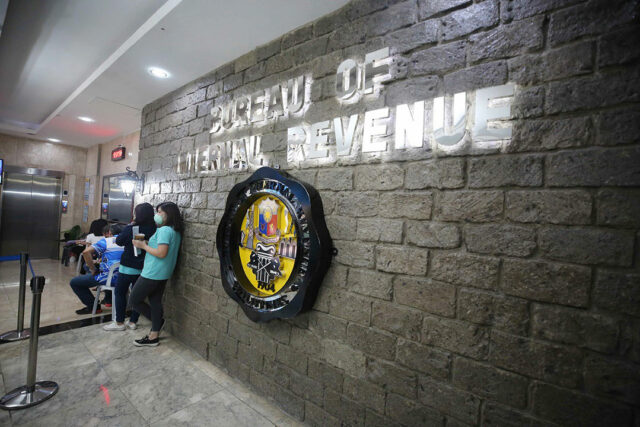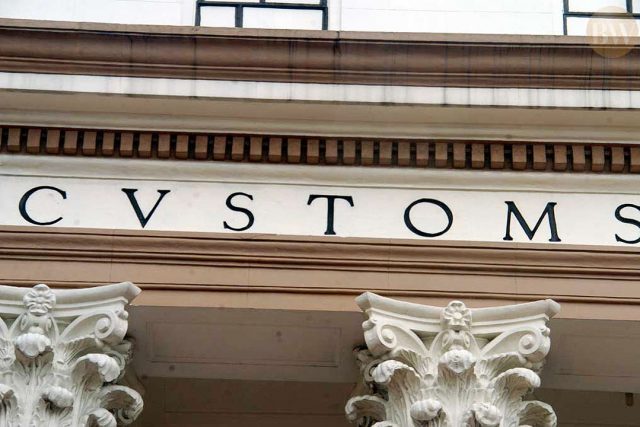Businesses typically have policies for dealing with many things critical to their everyday operations, such as workplace health and safety, employee conduct, and compensation and benefits policies. These set behavioral and performance standards, help protect the business from internal and external risks, ensure compliance with laws and regulations, and help defend the business against claims.
To this list we must add a policy governing intercompany transactions between domestic corporations or among members of multinational companies (MNCs). In the current business environment, a transfer pricing policy is a must-have.
What is a transfer pricing policy?
A transfer pricing policy generally outlines the nature of intercompany transactions (such as the provision of goods and services, interest payments, and transfer and utilization of tangible and intangible assets), application of the arm’s length principle, and implementation of transfer pricing rules and regulations.
A transfer pricing policy is like a manual or a handbook that ensures that each member of the broader organization is aligned and coordinated in carrying out intercompany transactions. It also enumerates the responsibilities and accountability of the concerned business departments, and how the specific department will implement it. Likewise, it helps the tax or finance department to ensure compliance with the arm’s length pricing.
It must be emphasized that such a policy is not the transfer pricing documentation (TPD) nor is it equivalent to an intercompany agreement. These are three separate documents that complement each other.
Why is a transfer pricing policy important?
A transfer pricing policy addresses alignment within the members of the MNC or each separate business department and compliance with laws and regulations. It ensures that everyone involved in the intercompany transactions is on the same page in carrying out the transaction. Likewise, it demonstrates to the tax authority that the arm’s length principle has been considered and implemented in accordance with the transfer pricing rules. It also displays the taxpayer’s proactive or cooperative attitude, which is advantageous during tax investigations as it signifies the taxpayer’s preparedness to comply with the transfer pricing rules. In fact, the local or global transfer pricing policy is one of the documents that the BIR Revenue Officer will request and review during tax investigations. As stated in RAMO No. 1-2019. Having one means being one step ahead.
ADDED VALUE
The transfer pricing policy adds value to the overall transfer pricing strategy, compliance, and implementation of the intercompany transactions. How? Let’s illustrate.
Say for example that a taxpayer has a robust TPD and intercompany agreements, but no transfer pricing policy is in place. Because of the lack of such a policy, the taxpayer’s various departments and the related party have no manual or handbook to guide them on what to do in carrying out the intercompany transaction.
In such a scenario, the following events are likely to happen:
• The accounting or finance department issues billing invoices for the intercompany transaction for amounts higher than what is stated in the TPD and intercompany agreement;
• The nature, terms, and conditions described in the TPD and intercompany agreement are not exactly what were actually undertaken by the parties. There’s a disconnect between the terms of the agreement and the actual conduct of the related parties. This is a classic example that the economic substance of the transaction differs from its form and this poses potential risk to the parties. As a result, the BIR Revenue Officer may re-characterize the transaction or the characterization of the tested party and impose adjustments to the income or expense;
• The taxpayer extends a non-interest-bearing loan and advances to its related party, which the tax/finance department was not aware of nor informed. Hence, the loan and advances were not included in the taxpayer’s TPD; and
• The taxpayer performs routine support services to a related party such as accounting, payroll, collection and other general administrative support, free of charge.
The above-described events are red flags and pose transfer pricing risks to the taxpayer. These could have been avoided if the taxpayer had clearly laid down a transfer pricing policy. By having such a policy, each party and department would gain clarity on how much to invoice, how to time an invoice, how to book, treat and classify the transactions, and which parties to inform and what to do when an intercompany loan or advances and routine support service arrangements arise.
The worst thing that could happen to the taxpayer is it may be held liable to pay deficiency taxes and penalties that could arise from the transfer pricing audit adjustments of the BIR. As the saying goes, prevention is better than cure.
KEY CONSIDERATIONS IN PREPARING A TRANSFER PRICING POLICY
There are many considerations in preparing a transfer pricing policy. One is to ensure that the TPD, intercompany agreements, and the policy are aligned and complement each other and that they are consistent with the actual conduct of the parties. Material inconsistencies might raise questions from internal parties and the BIR as well.
Likewise, the relevant departments should be involved in the process of creating the policy so that they are aware of and guided on their responsibilities. Finally, approval from and the commitment of top management to fully support and implement the policy must also be sought.
TAKEAWAY
Having a transfer pricing policy in place is a proactive strategy in ensuring that intercompany transactions comply with transfer pricing rules. It strengthens the taxpayer’s preparedness in the ever-changing dynamics of intercompany transactions and transfer pricing. After all, transfer pricing audits by the BIR are expected to kick off soon. As the saying goes “prepare and prevent, don’t repair and repent.”
Let’s Talk Tax is a weekly newspaper column of P&A Grant Thornton that aims to keep the public informed of various developments in taxation. This article is not intended to be a substitute for competent professional advice.
Nikkolai F. Canceran is a partner from the Tax Advisory & Compliance division of P&A Grant Thornton, the Philippine member firm of Grant Thornton International Ltd.
pagrantthornton@ph.gt.com













